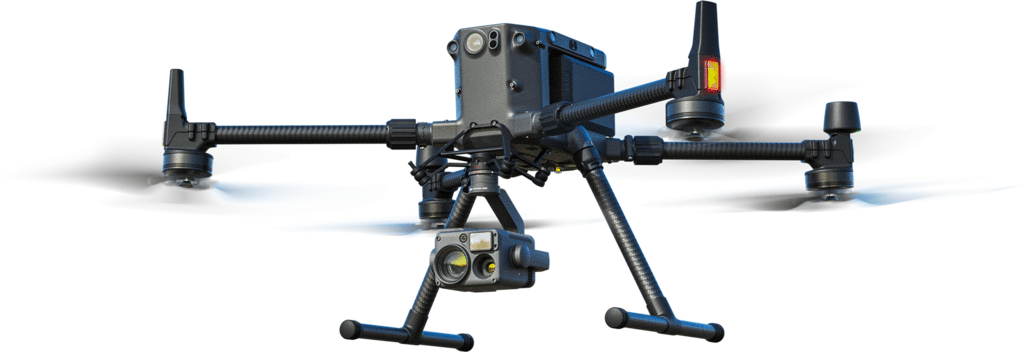The age of drones is upon us. Once just toys for hobbyists or tools for professional videographers, drones have now expanded their wings into the e-commerce world, promising to revolutionize the way we receive packages. Drone delivery service, a concept that once belonged to the realm of science fiction, has now become a reality. Here’s an exploration of this innovative system, its benefits, challenges, and what the future holds.
- How Does Drone Delivery Work?
A drone delivery system is typically designed for short-range shipments. Orders are packed in a specialized facility. Once the package is ready and secured, it’s loaded onto a drone. Using sophisticated GPS systems, the drone then flies autonomously to the delivery address and drops off the package in a designated spot, often the recipient’s backyard or a specially designated drop-off point.
- The Benefits
- Speed: Drones can deliver packages much faster than traditional delivery methods. Traffic jams and road conditions are non-issues. In many test scenarios, drones have delivered packages within 30 minutes of an order being placed.
- Environmental Impact: Drones, especially those powered by electric batteries, have the potential to reduce the carbon footprint of deliveries. They can be more efficient and less polluting than delivery trucks.
- Accessibility: For areas that are difficult to reach, such as remote rural locations or disaster-struck regions, drones can offer a lifeline by delivering essential goods.
- The Challenges
- Weather: Drones can be affected by weather conditions like strong winds, heavy rain, or snow. This can delay or even halt delivery operations.
- Air Traffic Control: With the increase in drone usage, managing the airspace to avoid collisions becomes crucial.
- Safety and Security Concerns: There’s the challenge of ensuring that drones do not pose risks to people on the ground or to other aircraft. There’s also the issue of theft – drones and their packages could become targets.
- Regulations: Governments around the world are still figuring out how to regulate drone operations, especially concerning privacy and safety.
- The Future of Drone Deliveries
As technology advances, it’s likely that drones will become more integrated into our daily lives. Some potential future scenarios include:
- Centralized Drone Hubs: Cities and towns could have centralized hubs from which drones take off and land, streamlining operations.
- Advanced Collision Avoidance: As drone numbers rise, collision avoidance technology will play a crucial role. Drones might communicate with each other in real-time to avoid accidents.
- Beyond Packages: While current attention is on package delivery, future drone services might include food delivery, emergency medical supply drops, and even passenger transport.
- In Conclusion
Drone delivery service has the potential to drastically change the landscape of e-commerce and logistics. As companies and governments navigate the challenges and harness the benefits, it will be fascinating to watch this technology soar to new heights. The sky, as they say, is the limit.





